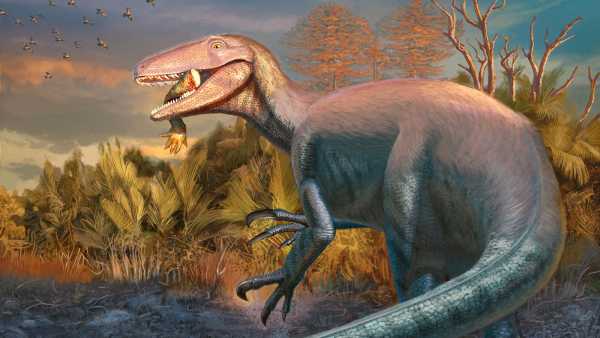
An artist's rendering of Joaquinraptor casali, a newly discovered megaraptor from Argentina. (Image courtesy of Andrew McAfee, Carnegie Museum of Natural History.)
A new king of the dinosaurs has emerged in South America. This newly discovered apex predator, named Joaquinraptor casali, reached approximately 7 meters in length and was a fast hunter with powerful “brushcutter-like claws.”
The remains of the enormous beast were found along with the leg bone of an ancient relative of the crocodile, clamped in its jaws.
Lead author Lucio Ibiricu, a paleontologist at the Patagonian Institute of Geology and Paleontology CONICET in Chubut, Argentina, and colleagues discovered the well-preserved fossil, including most of the skull, ribs, vertebrae, and forelimbs and hindlimbs, in the Lago Colhue Huapi Formation in south-central Chubut Province in central Patagonia, Argentina.
You may like
-
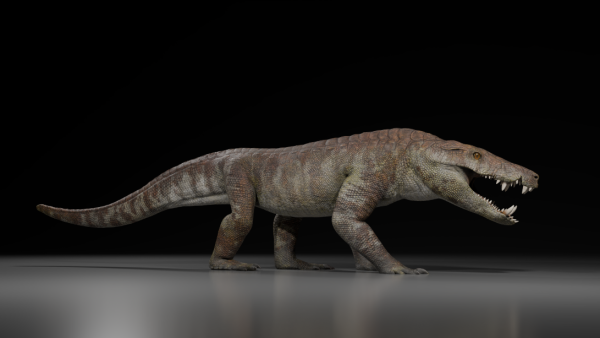
A 70-million-year-old hyperpredator that ate dinosaurs is named after an Egyptian god.
-
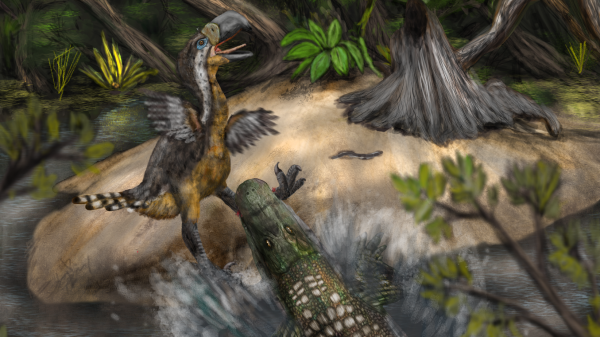
Bite marks suggest that the giant terror birds may have been potential prey for another predator – the enormous caiman.
-
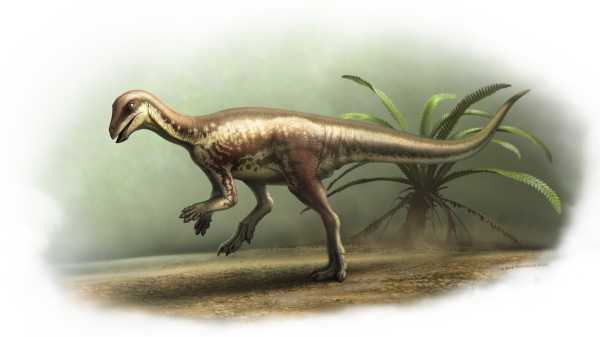
A mysterious 'runner' dinosaur is a sign that untold secrets of the Jurassic period lurk beneath the western United States.
J. casali was a type of theropod dinosaur known as a megaraptor, or “big thief,” that lived during the latter stages of the Cretaceous Period, about 70 to 66 million years ago, before the Chicxulub asteroid slammed into the Yucatan Peninsula, causing the Cretaceous–Paleogene extinction event that marked the end of the dinosaurs (except for some birds).
Megaraptors, which inhabited South America, Asia, and Australia, were carnivores with elongated skulls, powerful forelimbs, and large claws.
“Joaquinraptor provides a clearer picture of how this enigmatic group of predatory dinosaurs lived and evolved,” Darla Zelenitsky, a paleontologist at the University of Calgary in Canada who was not involved in the study, told Live Science. “This fossil, considered the last extant megaraptor, sheds light on the final stage of their evolutionary history in South America before the mass extinction.”
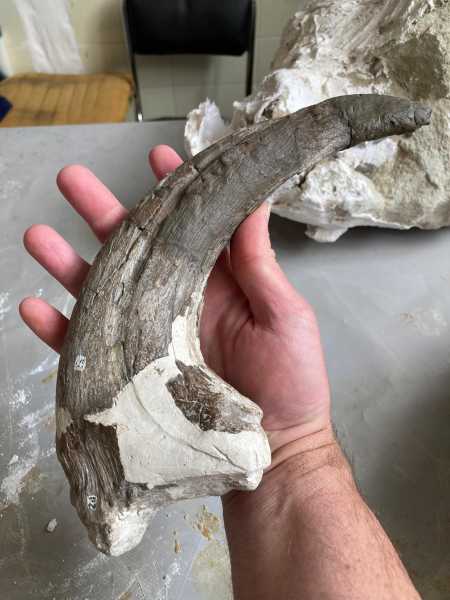
Hoaquinraptor's thumb claw. Researchers describe the dinosaur's claws as resembling “bushcutters.”
She said the discovery shows that megaraptorans (any dinosaur belonging to the Megaraptora clade, which includes megaraptorans) remained relatively large until the end of the Cretaceous, likely occupying the apex predator niche in the southern Patagonia region during that time.
However, the lands where Joaquinraptor lived were very different from the cool and dry climate of Patagonia today. Sediments from the same layer as the fossil show that it was likely a warm, humid river floodplain near the sea.
Ibiriku told Live Science that the first traces of the fossil were discovered back in 2019, but it took three field seasons to fully extract it. When the researchers finally did extract the fossil, they discovered a leg bone from a crocodile relative in the Hoaquinraptor's jaws, indicating its diet and that it was likely the top predator in the area.
You may like
-
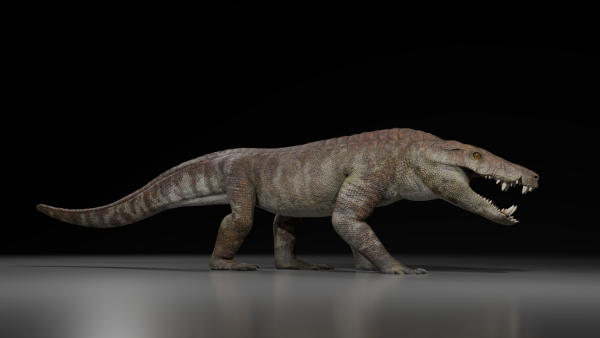
A 70-million-year-old hyperpredator that ate dinosaurs is named after an Egyptian god.
-

Bite marks suggest that the giant terror birds may have been potential prey for another predator – the enormous caiman.
-
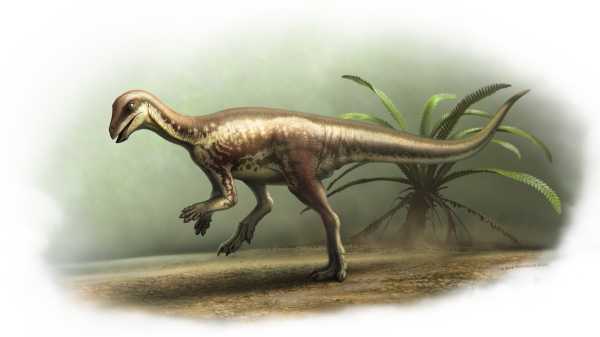
A mysterious 'runner' dinosaur is a sign that untold secrets of the Jurassic period lurk beneath the western United States.
The researchers then analyzed the histology, or microstructure, of the tibia and rib bones to determine the specimen's age at death.
“Based on histology, we know it was a mature individual, but it may have grown a little further. We know it was at least 19 years old at the time of its death,” Ibiriku said.
Bone measurements also led the researchers to estimate that Hoaquinraptor was approximately 7 meters long and weighed over 1,000 kilograms. The discovery is described in a paper published Tuesday (September 23) in the journal Nature Communications.
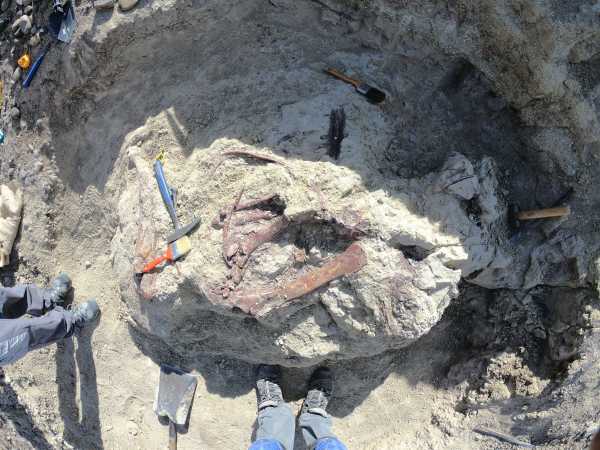
The fossil was discovered in 2019, but it took three seasons to excavate it.
“This is a fantastic discovery and one of the most intriguing new dinosaur discoveries in recent memory,” Steve Brusatte, a paleontologist at the University of Edinburgh in Scotland who was not involved in the study, told Live Science. “These are the very dinosaurs that dominated the southern food chain at a time when Tyrannosaurus rex reigned supreme in North America.”
RELATED STORIES
—“So weird”: An ankylosaurus with 90-centimeter spikes protruding from its neck was discovered in Morocco.
—Dinosaur footprints dating back 115 million years have been discovered in Texas after devastating floods.
— Relatives of Tyrannosaurus rex “walked the moon” to attract females, a new dinosaur “mating arena” suggests.
Brusatte noted that the two predators were radically different. “Joaquinraptor was slender, graceful, and fast, with absurdly large forelimbs and brushcutter-like claws. Compared to it, Tyrannosaurus rex looks puny, like Arnold Schwarzenegger versus Danny DeVito, at least in the forelimb department,” he said.
These differences meant that these two apex predators hunted very differently, Zelenitsky said. “More than four times the weight of Hoaquinraptor, Tyrannosaurus rex was a brute-force predator—massive, with a crushing bite. But Hoaquinraptor was fast, slender, and attacked with surgical precision. It delivered sharp bites and possessed long forelimbs with large claws for grasping, slashing, and manipulating prey,” she said.

Chris Simms, Live Science contributor
Chris Simms is a freelance journalist who previously worked at New Scientist magazine for over 10 years, serving as editor-in-chief and assistant news editor. He was also a senior editor at Nature and holds a degree in zoology from Queen Mary, University of London. In recent years, he has written numerous articles for New Scientist and was shortlisted for the 2018 British Science Writers' Association Best Newcomer award.
You must verify your public display name before commenting.
Please log out and log back in. You will then be asked to enter a display name.
Exit Read more
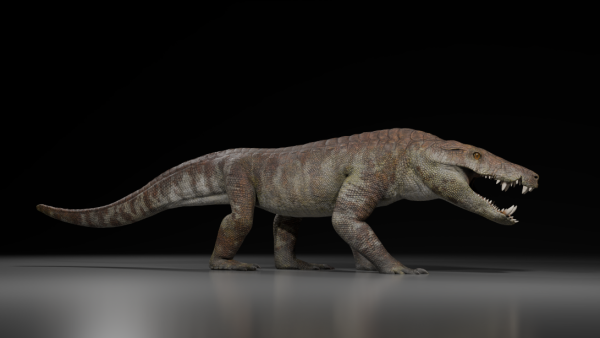
A 70-million-year-old hyperpredator that ate dinosaurs is named after an Egyptian god.
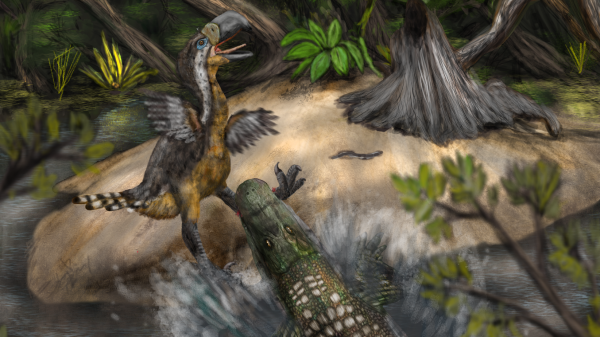
Bite marks suggest that the giant terror birds may have been potential prey for another predator – the enormous caiman.

A mysterious 'runner' dinosaur is a sign that untold secrets of the Jurassic period lurk beneath the western United States.

The “most remarkable” Jurassic sea monster fossil from Germany belongs to a previously unknown species.
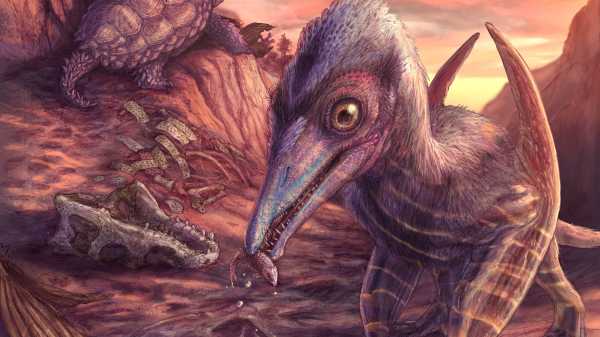
The “Ash-Winged Dawn Goddess” is the oldest pterosaur ever discovered in North America. It was so small it could fit on a person's shoulder.
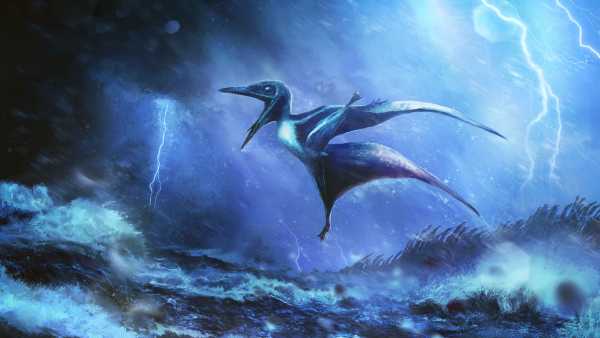
Scientists have discovered that baby pterosaurs died during a powerful Jurassic storm 150 million years ago.
Latest dinosaur news
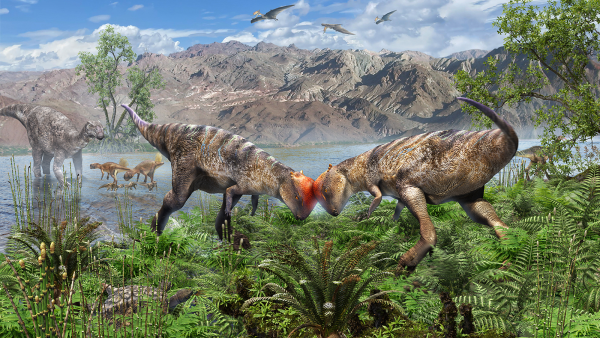
The oldest known dinosaur with a domed head has been discovered protruding from a rock in Mongolia's Gobi Desert.
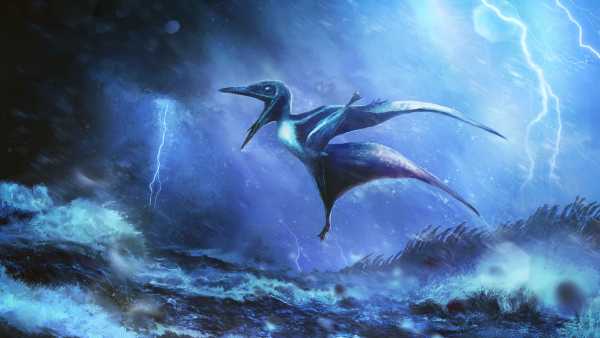
Scientists have discovered that baby pterosaurs died during a powerful Jurassic storm 150 million years ago.
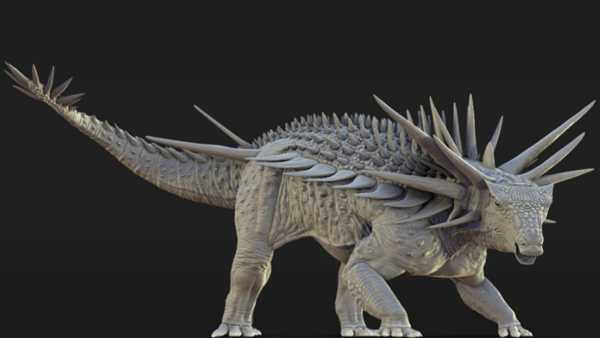
'So weird': An ankylosaurus with 90-centimeter-long spikes protruding from its neck discovered in Morocco
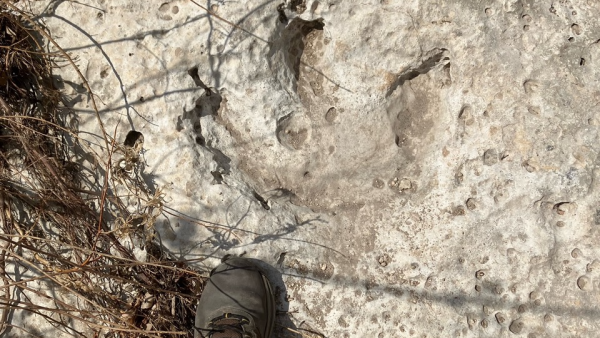
115-million-year-old dinosaur footprints discovered in Texas after devastating floods
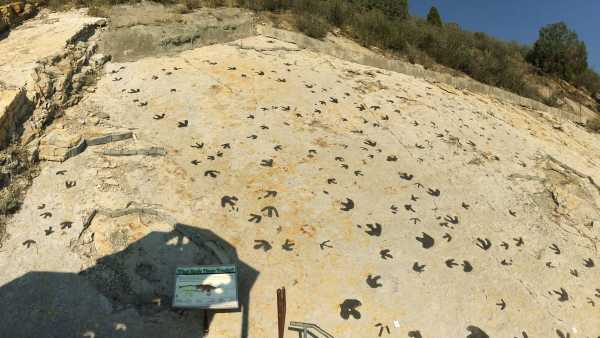
Tyrannosaurus rex relatives “walked the moon” to attract females, suggests new dinosaur “mating arena”
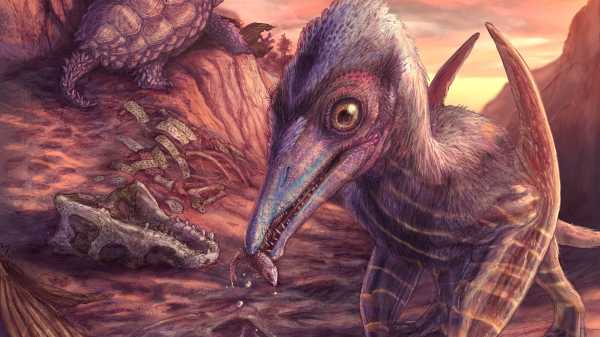
The “Ash-Winged Dawn Goddess” is the oldest pterosaur ever discovered in North America. It was so small it could fit on a person's shoulder.
Latest news
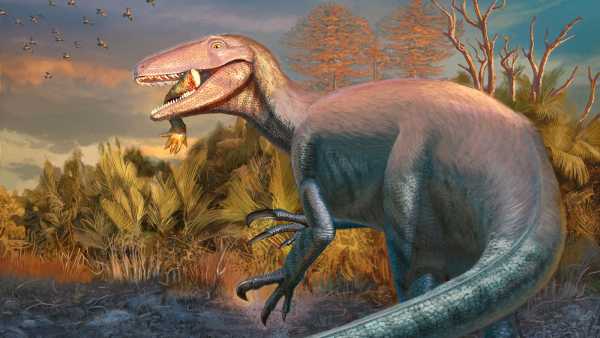
A giant dinosaur with “brushcutter-like claws” and a crocodile leg still in its mouth has been found in Argentina.

A new chip is bringing quantum internet closer, enabling the transmission of quantum signals over real fiber optic cables.

The documentary “Cleopatra's Last Secret” tells the story of hundreds of coins and port wine found in Egypt. But does this mean Cleopatra was buried there?
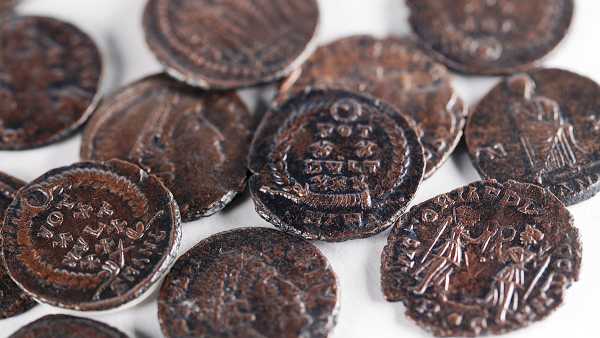
A 1,600-year-old hoard of coins found in a complex tunnel system beneath Galilee dates back to the last Jewish revolt against the Romans.

Who's Eligible for the COVID Vaccine This Year? Everything You Need to Know

'Completely inexplicable': James Webb Space Telescope discovers strange 'dark beads' in Saturn's atmosphere
LATEST ARTICLES
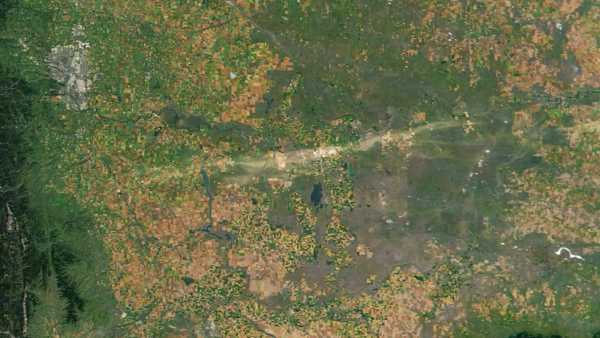
1Huge golf ball-sized hail leaves 125-mile scar on Canadian landscape
Live Science magazine is part of Future US Inc., an international media group and leading digital publisher. Visit our corporate website.
- About Us
- Contact Future experts
- Terms and Conditions
- Privacy Policy
- Cookie Policy
- Accessibility Statement
- Advertise with us
- Web notifications
- Career
- Editorial standards
- How to present history to us
© Future US, Inc. Full 7th Floor, 130 West 42nd Street, New York, NY 10036.
var dfp_config = { “site_platform”: “vanilla”, “keywords”: “type-news-daily,serversidehawk,videoarticle,van-enable-adviser-
Sourse: www.livescience.com





